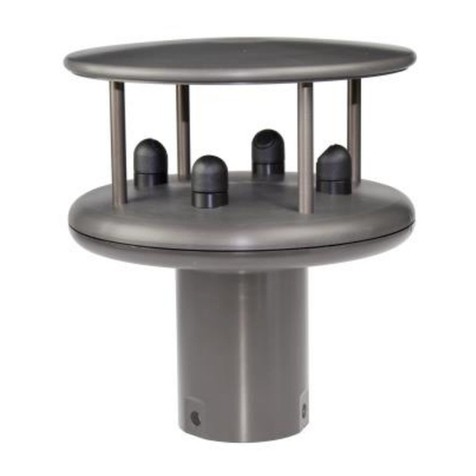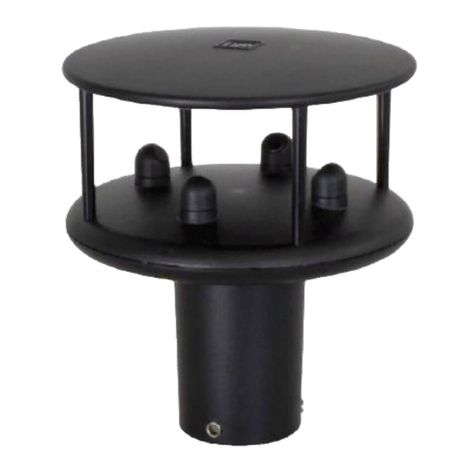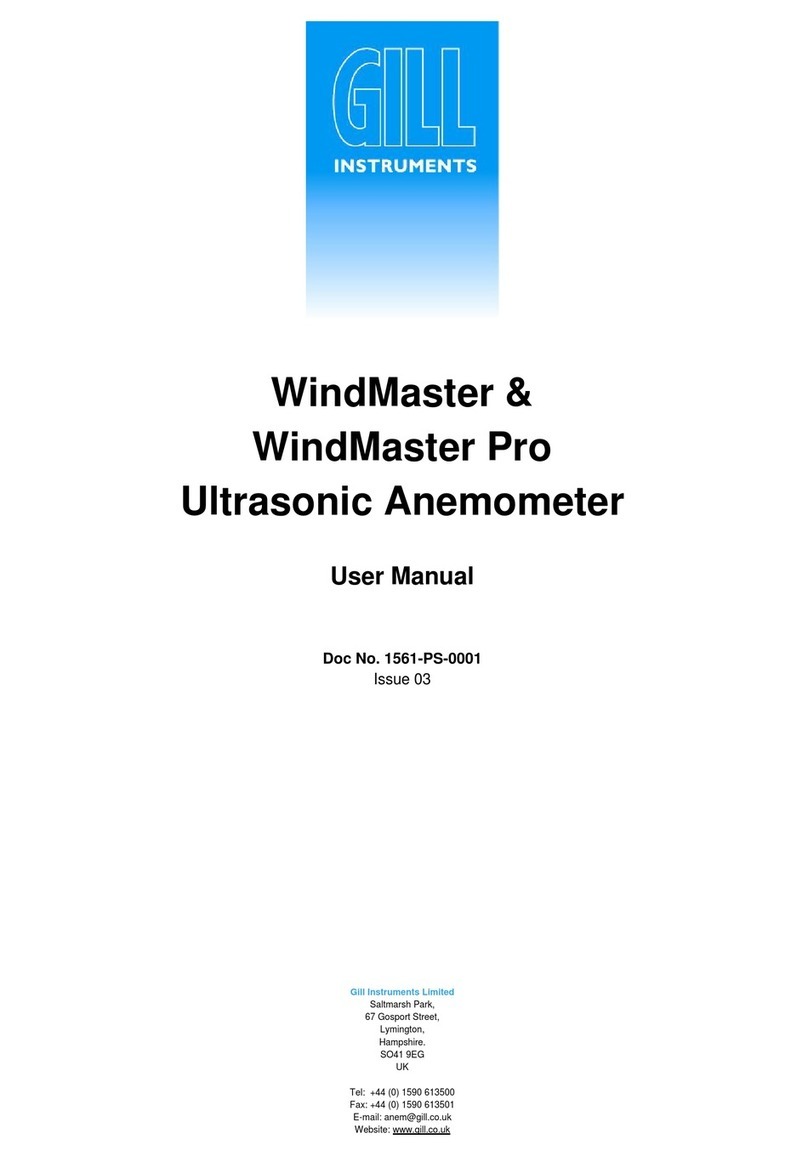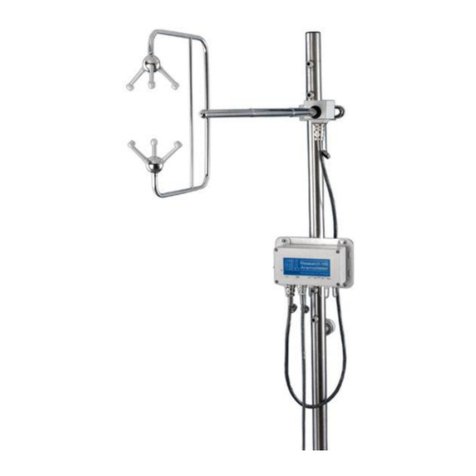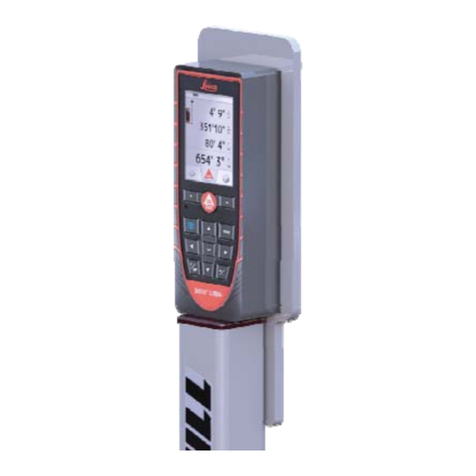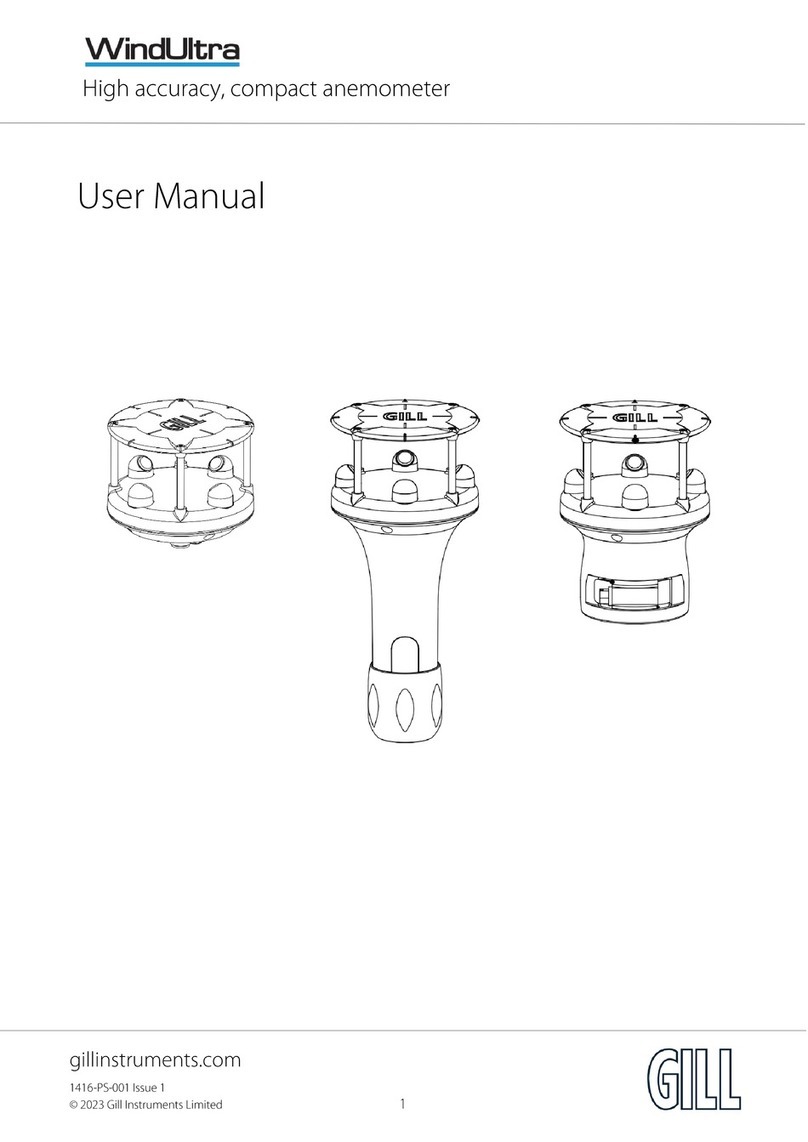
MetPak User Manual
Last Change ©Gill Instruments Ltd
12 March, 2013 Page i
Contents
1. Introduction .........................................................................................................1
1.1 Principle of Operation...................................................................................................... 2
1.1.1 Wind Speed and Direction Sensor..................................................................... 2
1.1.2 Radiation Shield ................................................................................................ 3
1.1.3 Temperature and Relative Humidity Sensor with Dewpoint Output.................... 3
1.1.4 Barometric Pressure.......................................................................................... 3
1.2 Abbreviations .................................................................................................................. 4
2. Installation ..........................................................................................................5
2.1 Pre-Installation Checks ................................................................................................... 5
2.1.1 Spare Parts ....................................................................................................... 5
2.2 Installation....................................................................................................................... 6
2.2.1 Bench system test ............................................................................................. 6
2.2.2 Equipment Required.......................................................................................... 6
2.2.3 Cabling.............................................................................................................. 6
2.2.4 Communication connections.............................................................................. 9
2.2.5 Mounting MetPak ............................................................................................ 13
3. Operation ...........................................................................................................15
3.1 Start Guide.................................................................................................................... 15
3.2 MetView........................................................................................................................ 16
3.2.1 Opening MetView............................................................................................ 16
3.2.2 Scanning for Devices....................................................................................... 17
3.2.3 The MetView Console ..................................................................................... 18
3.2.4 MetView Console Display Options................................................................... 19
3.2.5 MetView Gauge Ranges and Graphs .............................................................. 20
3.2.6 Data logging .................................................................................................... 22
3.3 Configuring MetPak....................................................................................................... 25
3.3.1 Configuring MetPak using MetSet ................................................................... 27
3.3.2 MetSet Editing Screen..................................................................................... 29
3.3.3 Configuring MetPak using HyperTerminal ....................................................... 34
3.3.4 Configuring MetPak for NMEA Output. ........................................................... 39
3.3.5 Configuring MetPak for SDI-12....................................................................... 40
3.3.6 SDI-12 Commands.......................................................................................... 40
3.3.7 Safe Mode....................................................................................................... 43

